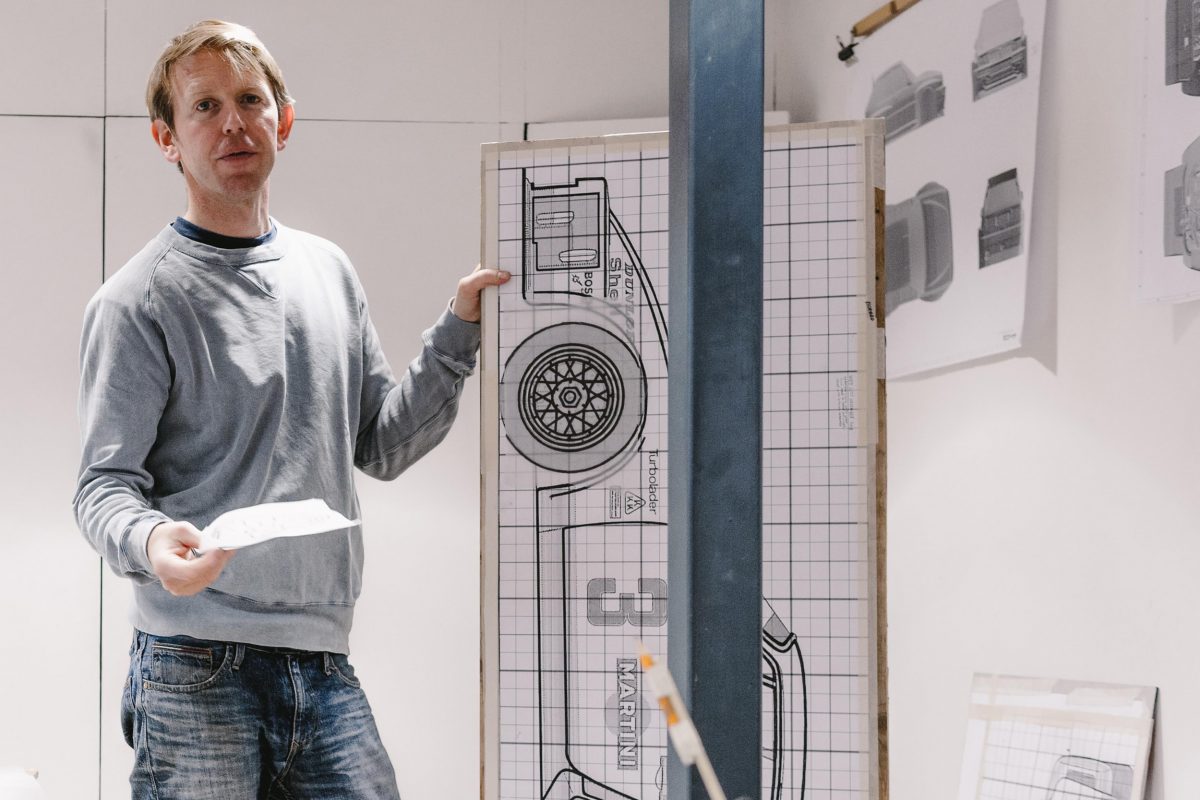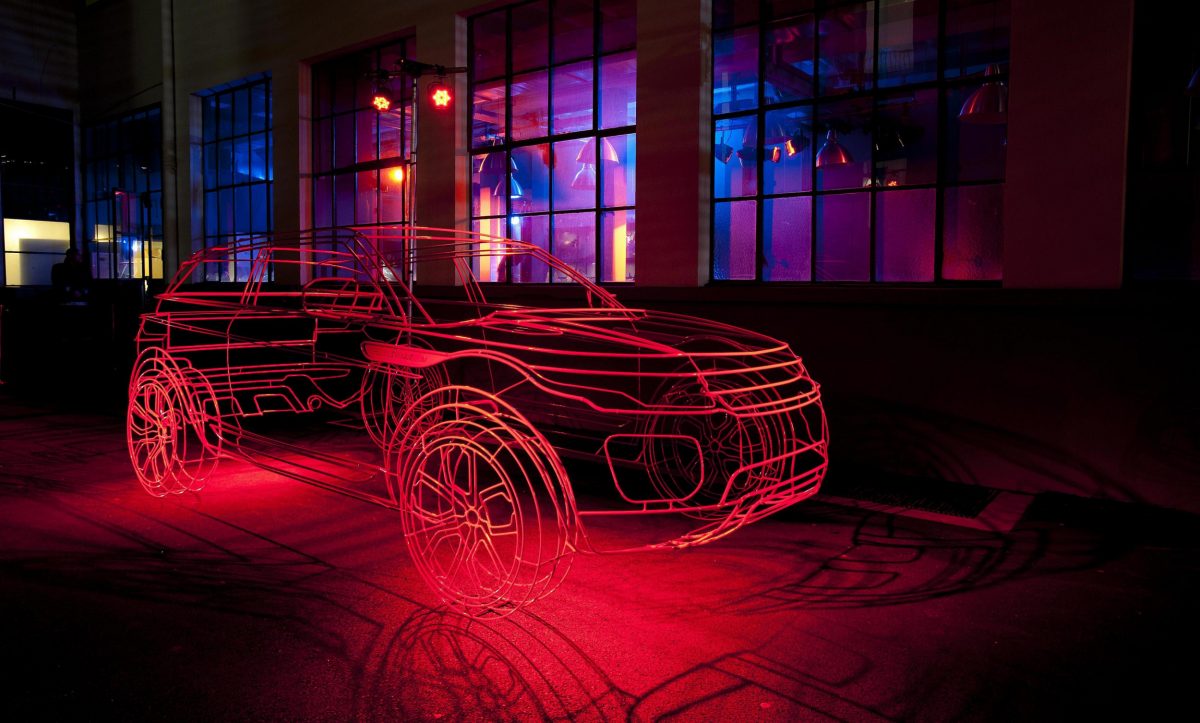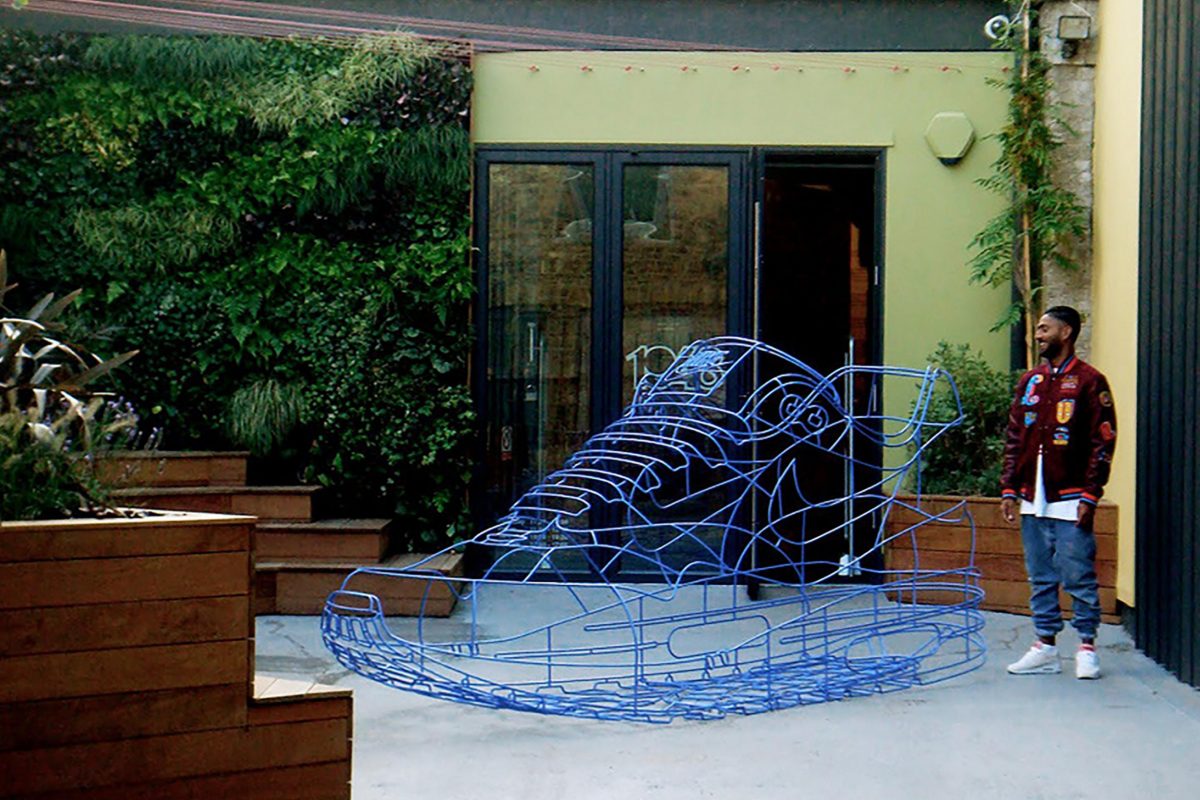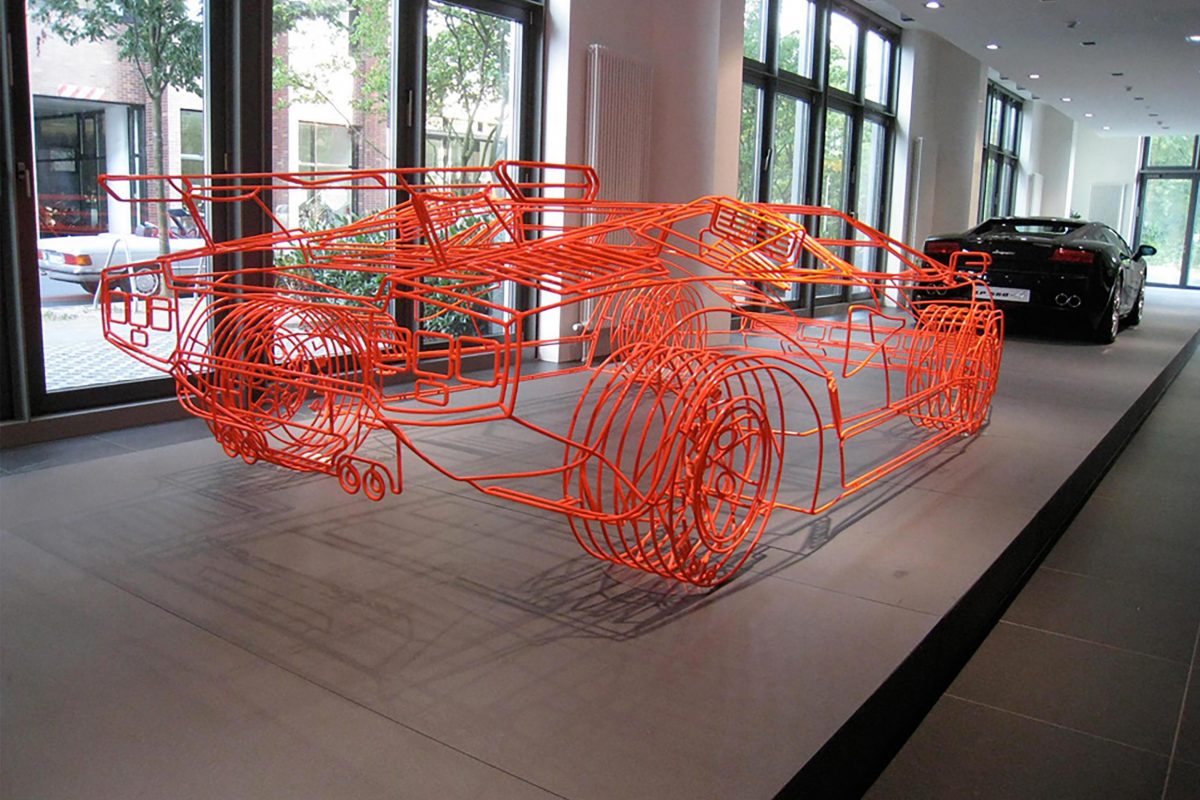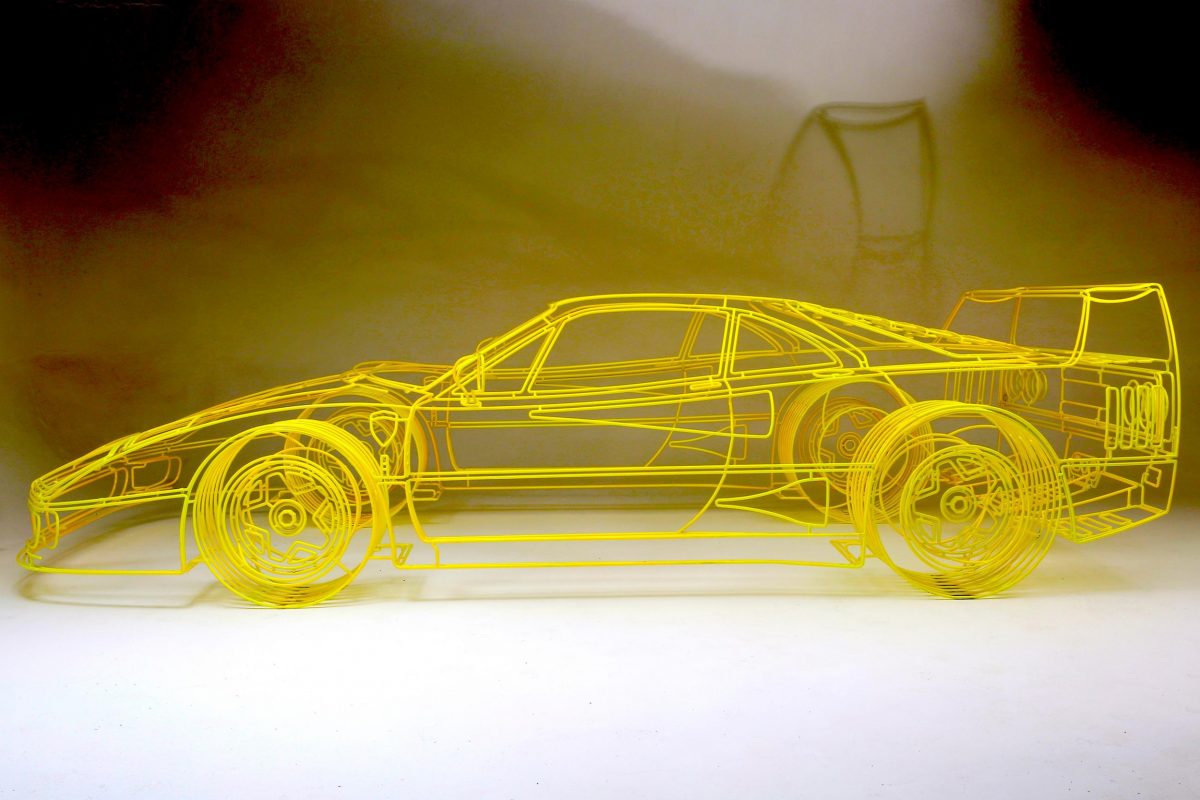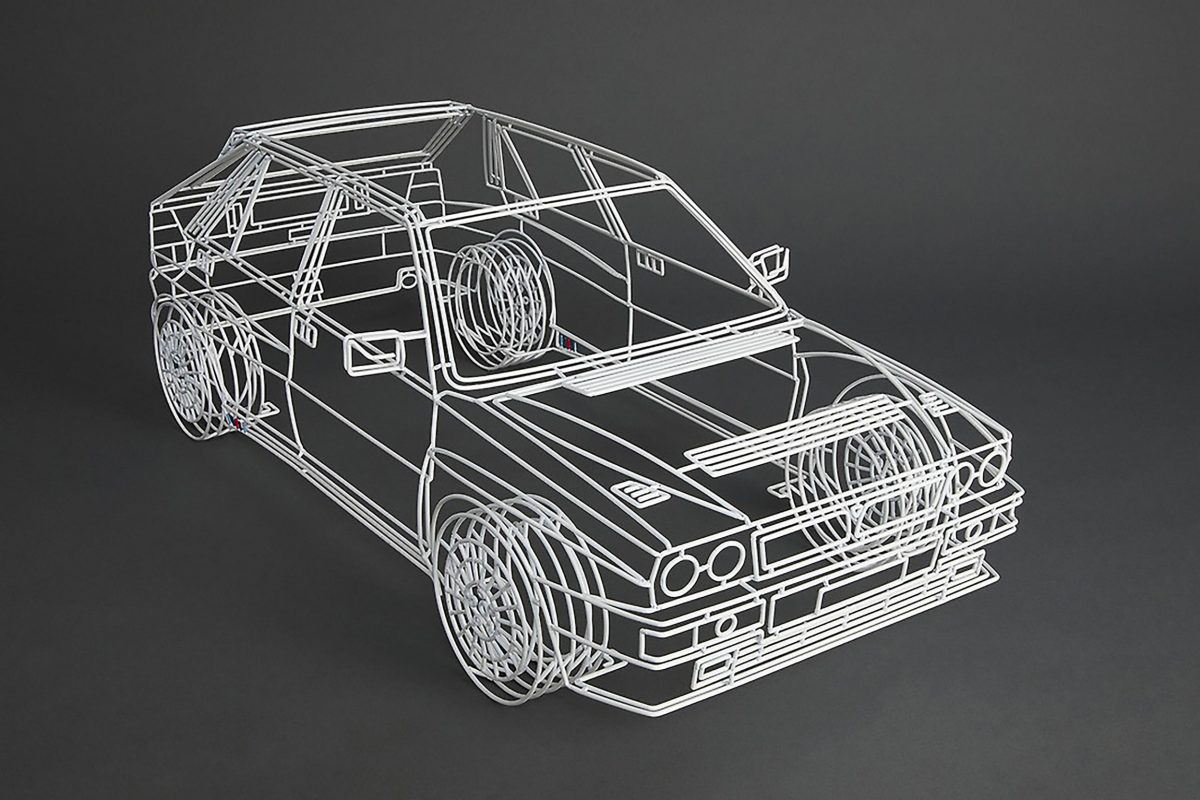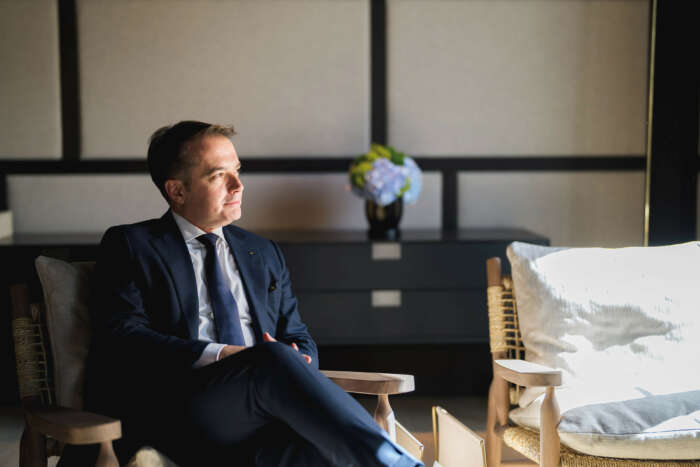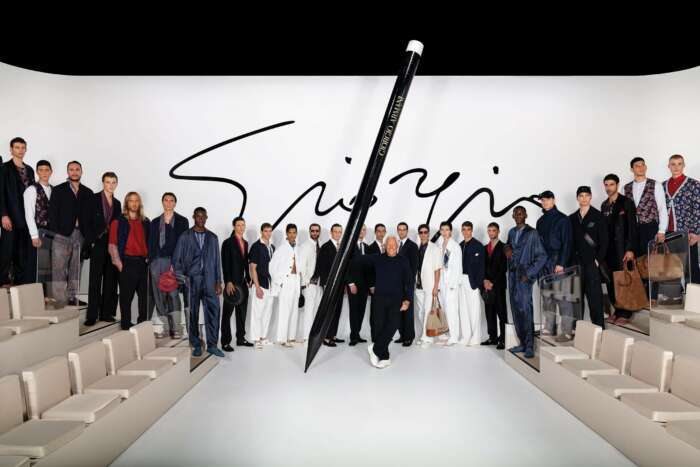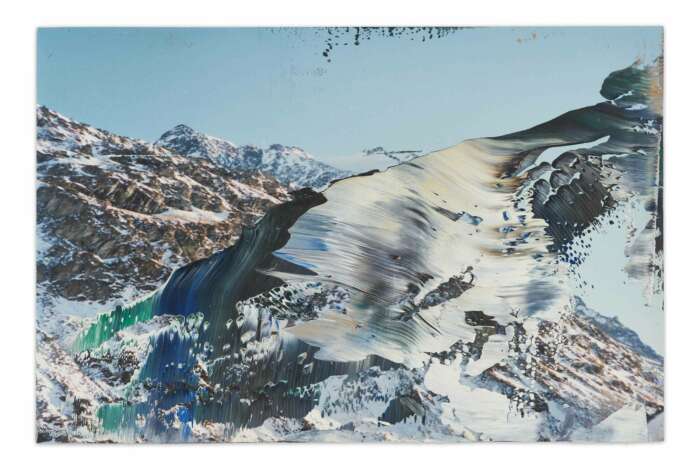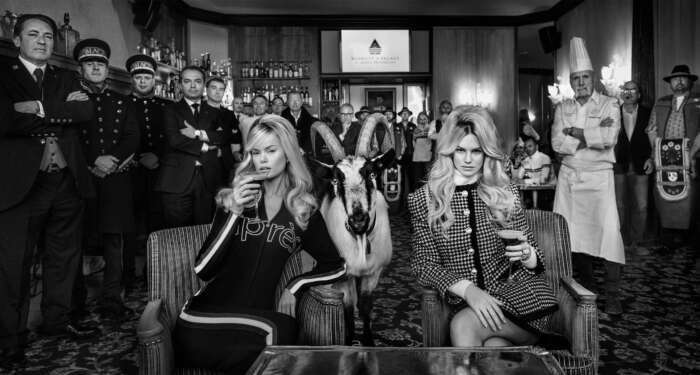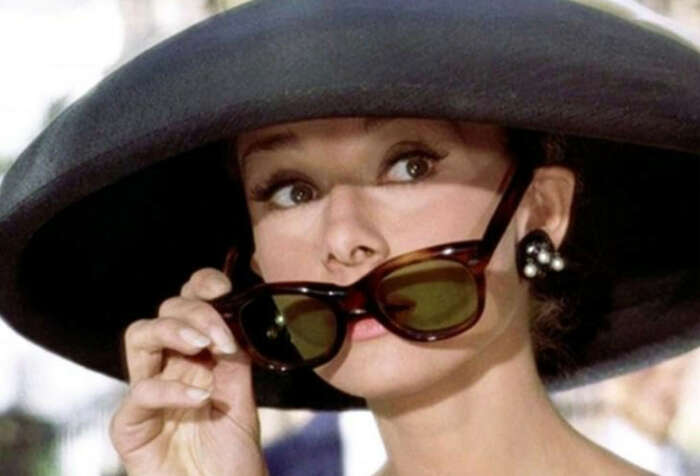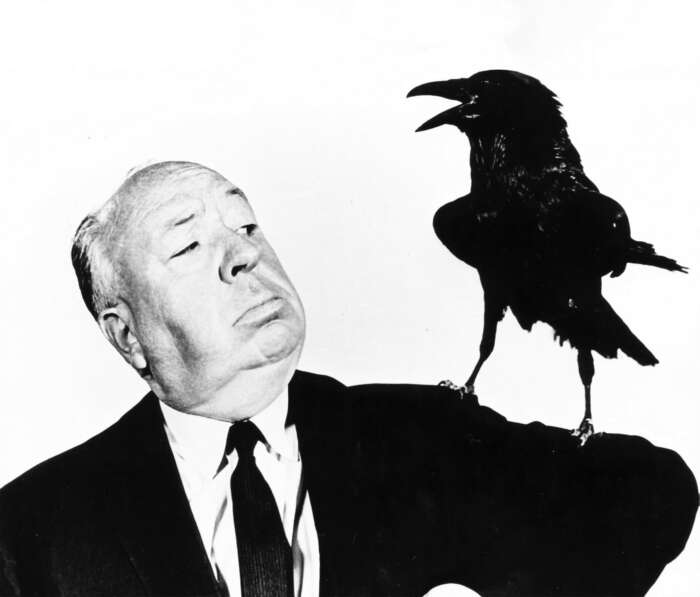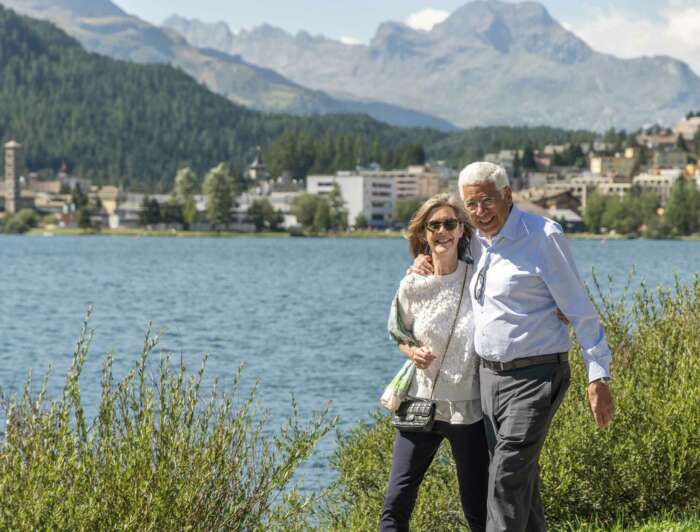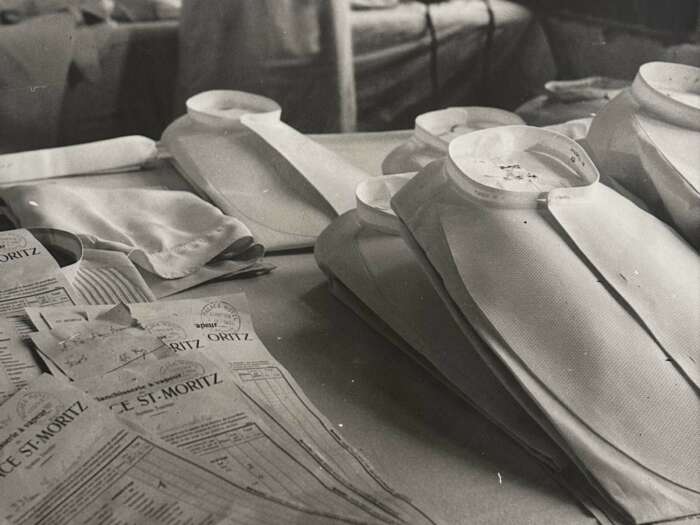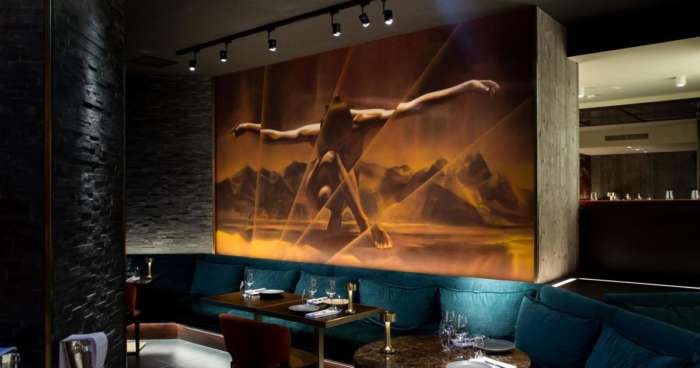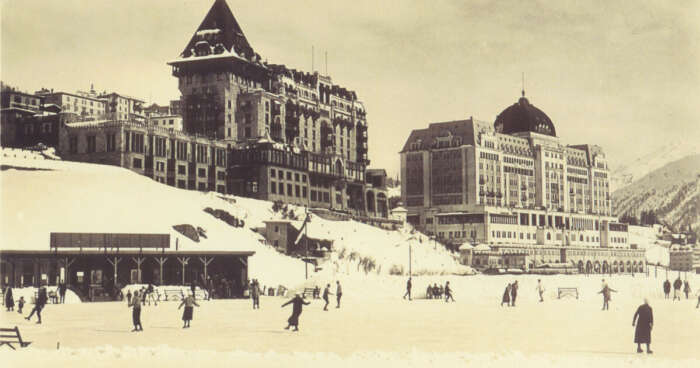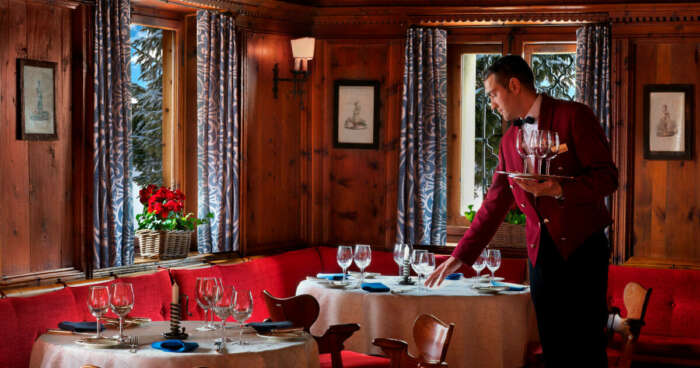He may have made his name re-envisioning iconic supercars into spectacular, fluorescent steel sculptures, but the humble bicycle is Benedict Radcliffe’s preferred mode of transport to work. Not one of the many remarkable, colourful two-wheelers he has designed himself – including a 1950s-themed vintage style and one incorporating a drinks tray – but a more standard version.
I meet the 42-year-old artist at his studio in London’s creative heart, Shoreditch, one Friday morning just as he arrived by bicycle. He leads me inside to his work space, which is scattered with a mélange of objects, from motorbikes and bicycles to machinery, drawings, reels of wire, tools, workbenches and yet-to-be-sold pieces of art.
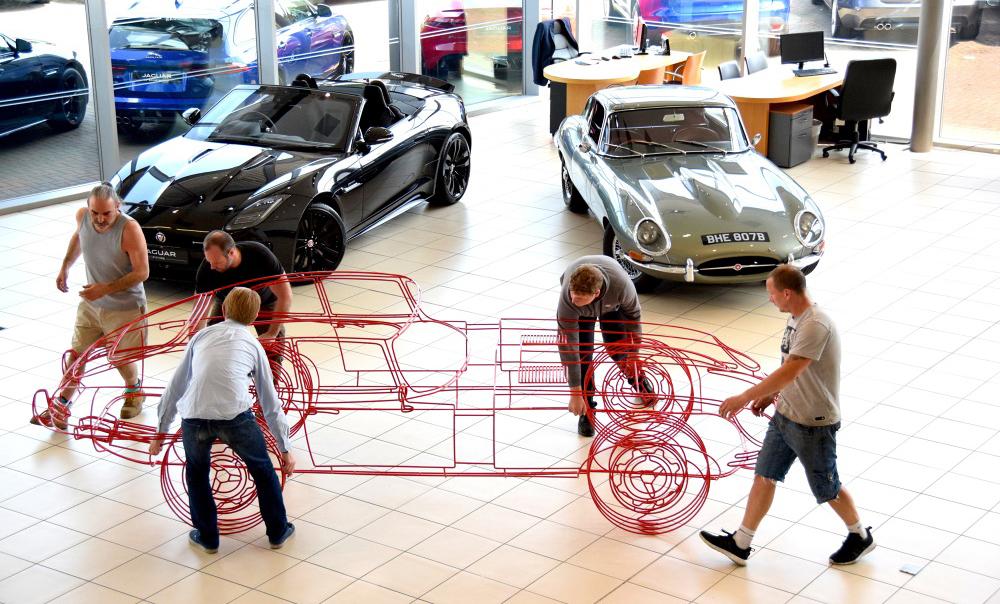
Ethereal art
A graduate of the Mackintosh School of Architecture in Glasgow, Benedict has spent more than a decade manipulating steel to create extraordinary three-dimensional ethereal structures that appear as if they have popped out of a comic book.
He combines his architectural knowledge with his metalwork expertise to create airy sculptures, from a leaping gymnast to a life-sized excavator. But his disciplines are many. He has built a skatepark, scenery for a Nike product launch and a collection of bicycles in collaboration with the top names from the world of design, music and fashion, including industrial designer Ron Arad, singer Paloma Faith and fashion designer Alice Temperley. He is also recognised for his innovative approach to household objects and furniture, and has even exhibited at London’s V&A museum.
“His captivating constructions reveal the structure of the vehicle and celebrate every well-placed curve, seamless line and thoughtful feature”
But it is his life-size wireframe car installations that have really caught the public’s imagination. His captivating constructions reveal the structure of the vehicle and celebrate every well-placed curve, seamless line and thoughtful feature.
They also encapsulate Benedict’s playful nature, and have on occasion inadvertently been turned into playthings. “The first car I made was in Glasgow and people didn’t care that it was an artwork,” he laughs. “They would climb over it or go through the bonnet or doors. And this was before mobile phones had cameras, so they weren’t doing it to take selfies. People were just really wowed by this thing in the street. They were having fun with it. I wasn’t precious about it at all, and I left it parked up for four or five days.”
Passion for cars
Since then, his supercar creations have found their way around the world, parked up outside hotels, in the foyers of business premises, at exhibitions and bolstering private car collections. He has caught the eye of Nike, Paul Smith, Commes des Garçons and Range Rover, collaborating on numerous projects. Honda named him one of its 12 ‘cultural engineers’, and in 2014, his life-size sculpture of an orange Lamborghini ‘Koenig’ Countach sold at RM Sotherby’s for just short of €100,000.
Benedict’s interest in cars began as a child at his home in Maidstone, Kent. “My father was a good enough engineer to have a crack at most car jobs,” he recalls. “He would tinker around with them on our driveway and I would help him. Much to my mum’s annoyance, his friends would bring their cars round for him to fix. I think I was probably fascinated by being outside with my dad and passing him tools.”
“I loved drawing cars in my buildings to give them scale, and sometimes I would focus more on sketching a fun car than the design of the building”
This fascination would continue to inspire Benedict. Once he had seen under the bonnet of a car, the mechanics completely beguiled him. Punctuated throughout our conversation are references to the “mechanically interesting engine” of a Porsche or the “details on the wheels” of a Ferrari F40. He also reflects on his visits to Goodwood Festival of Speed, spinning an old Subaru around a roundabout and speeding on a Las Vegas racetrack. Even his architectural studies came second place to his passion for cars. “I loved drawing cars in my buildings to give them scale, and sometimes I would focus more on sketching a fun car than the design of the building.”
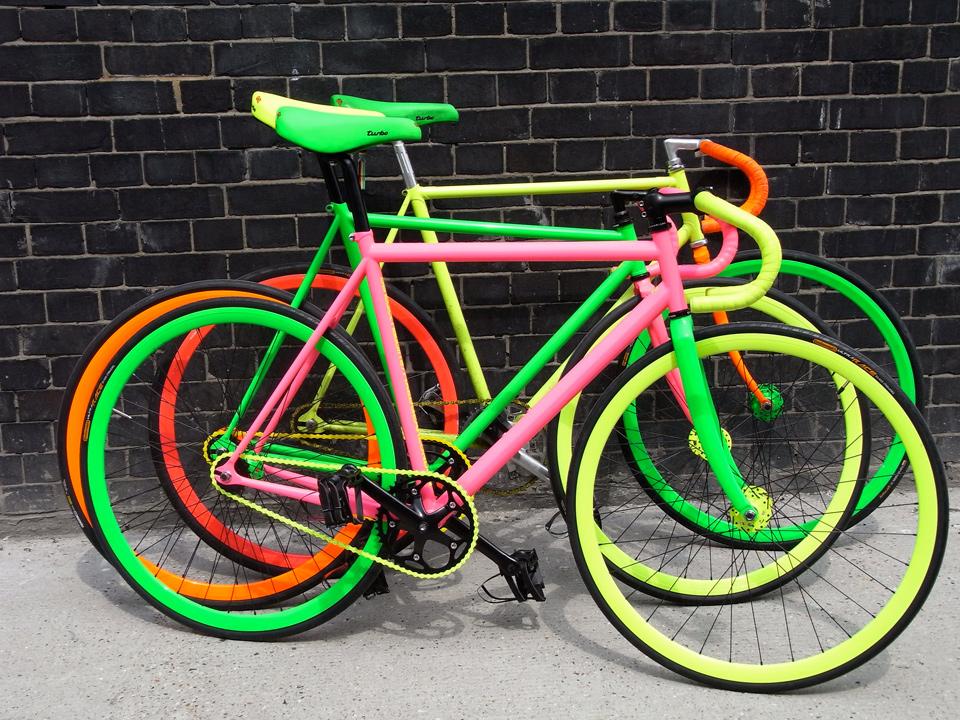
Precision in the details
The precision he learnt when studying architecture has served Benedict well. Attention to detail is key to creating his life-size car sculptures. He begins by scanning the vehicle to get the details required to make his full-scale drawings, which cover the walls of his studio. Working from these blueprints, he picks out the features that he thinks will capture the shape of the car before starting the intensive process of bending and welding wire, which can take about four months. It’s painstaking work, but it becomes a pleasure when it begins to take shape, he says. The final flourish is the application of fluorescent paint.
As Benedict takes me on a tour of his studio, we pass drawings of his current projects, including a sculpture of a Plymouth Superbird, which will be heading to a motor museum in America, and three Porsches, which he is creating for an art collector in Hong Kong. Much of the rest of the year, Radcliffe will be spending in Peterborough at the engineering factory where he is crafting these cars with the assistance of a small team of expert welders.
“It allows me to carry on experimenting and exploring the boundaries of how to bring the abstract to the everyday”
Aside from his own projects and his collaborations with an eclectic mix of international brands, it is these sculptural commissions for clients around the world which give him the greatest pleasure. “My customers like what I do and they give me a lot of creative freedom,” he says. “It allows me to carry on experimenting and exploring the boundaries of how to bring the abstract to the everyday.”
Hannah Clugston is a British freelance writer specialising in art and culture and a regular contributor to The Guardian, Huck, Aesthetica and the Yorkshire Post.
